The most common type of Ethernet cable is Cat6. Cat6 cables are the most common types, while Cat7 cables are cheaper but don’t offer any real speed advantages. Lastly, you need to consider the length of the cable, which directly affects the speed and distance of data transmission. Ethernet cables vary in length from about 10 to 100 meters, depending on their type and manufacturer. In general, however, a cable should not exceed ten meters in length, unless it is an extremely long run.
The physical appearance of an Ethernet cable is similar to that of a phone cable, but has eight wires instead of four. They are easily recognizable by their small modular connector, commonly known as an RJ45 connector. The cable is often secured to a port by a small lever at the top. Some cables also have information printed on the cable, such as their category, which is indicated by the cat and a number. When identifying an Ethernet cable, always make sure to read the product manual carefully, as it is important for your network connection.
While the majority of Ethernet cables are made with bare copper wiring, there are some types that are specifically designed for a specific application. For example, a Cat6 cable can transfer data at a speed of 10 Gbps. While this cable is considerably faster than Cat5, it’s more difficult to pull it through walls and around corners. Nevertheless, it is still the most common type of Ethernet cable on the market. Despite its price, however, the cable doesn’t come without its drawbacks.
While there are many different kinds of Ethernet cables, all have different speeds. In general, they deliver speeds between one and 100 Mbps. However, if you’re planning to use Ethernet cable for your wireless network, you should consider the length of the cable as well. This will help you choose the right one. It will be easier to identify which one is best for you. And as you can buy more than one Ethernet cable, you’ll be able to test the range of your signal.
Moreover, you should consider how important it is for your network to be properly connected. Ethernet cables are used to connect computers to routers and modems. While they may look clunky and ineffective, they are extremely useful for creating work networks and establishing reliable internet connections. A good quality cable will not only increase the speed and stability of your network, but also prevent any network errors. You should invest in an Ethernet cable if you are planning to connect your devices and networks.
TP Ethernet cables are the most common in the industry, and they only fall behind fiber-optic cables in speed deceleration and max length. UTP, on the other hand, does not have the protective covering and foil. This makes it easier to bend and may result in greater signal loss. Lastly, TP cables may be less reliable than fibre-optic cables, and may even cause more crosstalk. In general, though, you’ll be able to connect your devices in a variety of configurations, ranging from two computers to a network of multiple computers.
While it may not seem necessary to upgrade your internet connection to a gigabit connection, it does make a difference in bandwidth. Gigabit internet connections usually require a 1Gbps Ethernet cable, but you shouldn’t worry if you’re only connecting to the internet with a 50Mbps subscription. Ethernet cable is a great choice if you have a fast internet connection, and it will last for many years. If you have a low-speed connection, Cat 5 cables are a good choice.
Another type of Ethernet cable is CCA, or Copper Clad Aluminum. While CCA cables don’t meet TIA standards, they are an excellent value for money. They can connect your ISP cable modem to your WLAN router, or from your Desktop PC to an SOHO Ethernet switch. They are useful in short-distance applications, but they may be unsuitable for longer-distance uses. For more information, visit Amazon.


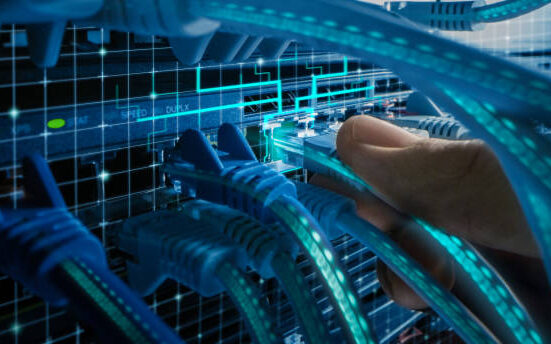
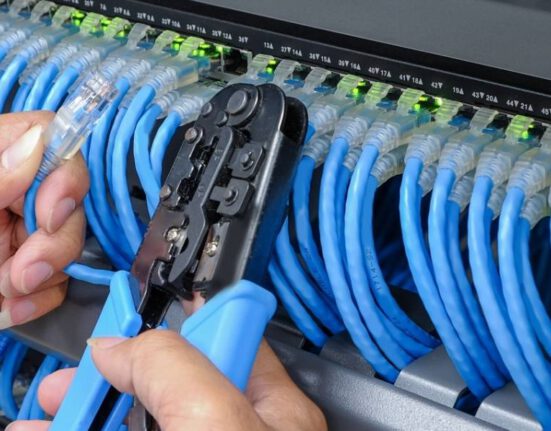
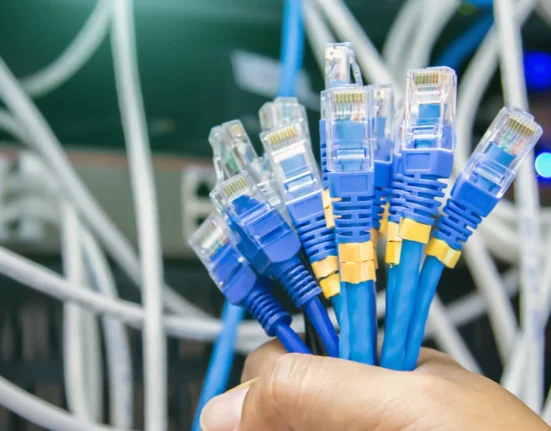

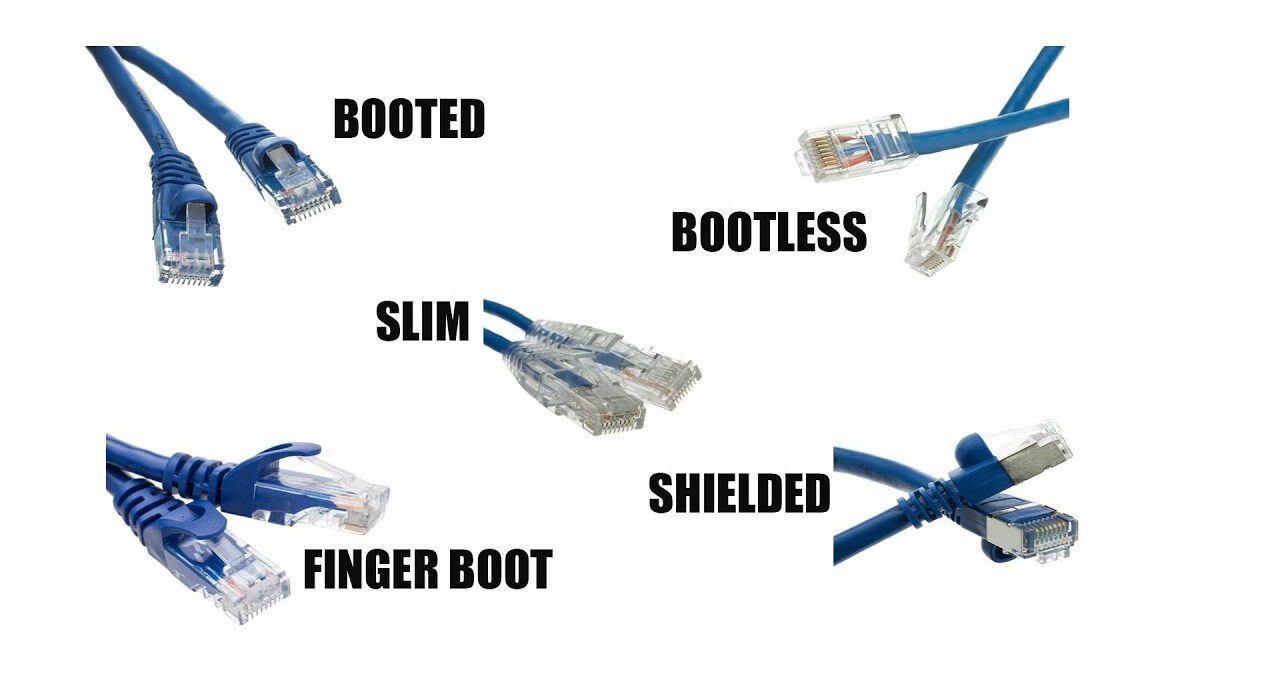
Leave feedback about this